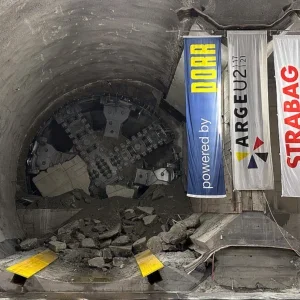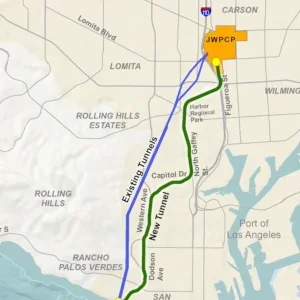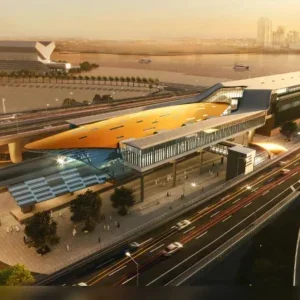Increased stormwater run-off means the existing 1930s-built deep tunnel now runs at full capacity and at alarmingly high pressures. These can constitute a public safety hazard resulting in potential flooding and flying manhole covers. Furthermore, repeated pressurisation during intense rainfall events has caused holes and cracking of the unreinforced concrete liner, and subsequent erosion of the sandstone immediately behind it. These necessitate frequent and expensive repairs, usually involving void location, filling with grout and repairing the cracks.
Engineering consultancy CDM Smith (CDMS) was commissioned by the City of Minneapolis to develop a conceptual tunnel solution. This comprises a 1.3km-long parallel tunnel located in St Peter Sandstone bedrock, and ranging in diameter between 3m and 3.65m.
In a preliminary design report, CDMS advised that for the smallest diameters, the most suitable excavation method would be by roadheader; this would achieve a cathedral-shape that best exploits the properties of the sandstone, especially the 62° angle of the tunnel crown that would match the natural friction angle of the sandstone to provide the most stable tunnel shape. Two access points will be constructed for construction staging. The tunnel will outlet into the Mississippi River
Design and engineering for the Minneapolis Central City Tunnel System is currently underway, with construction tentatively scheduled to begin in late summer or early fall 2021 and be completed by May 2023.







